Imagine making textile art with food. Herbs, scotch bonnet peppers and puréed coconut milk blended into paper pulp is just one of the ways that Shervone Neckles honours the history and family recipes of her Grenadian ancestors. And she likens it to preparing a meal.
Shervone is a first generation Afro-Caribbean American interdisciplinary artist based in New York. Her family is originally from the island of Grenada, and her practice draws inspiration from her Afro-Caribbean American identity and traditions.
Through textiles, assemblage, printmaking, sculpture, installation and public art, Shervone honours her ancestors and highlights their traditions. She retells and reconfigures stories of history, mythology and personal experience.
Shervone enjoys tracing the origin stories and afterlives of objects, using repurposed items, antiquities and family photos to reflect childhood memories and associations with Grenada.
It’s clear that Shervone’s work is borne from a deep respect and admiration for her colleagues, teachers, and ancestors, particularly the creativity, resourcefulness, and intuition of her female influences.
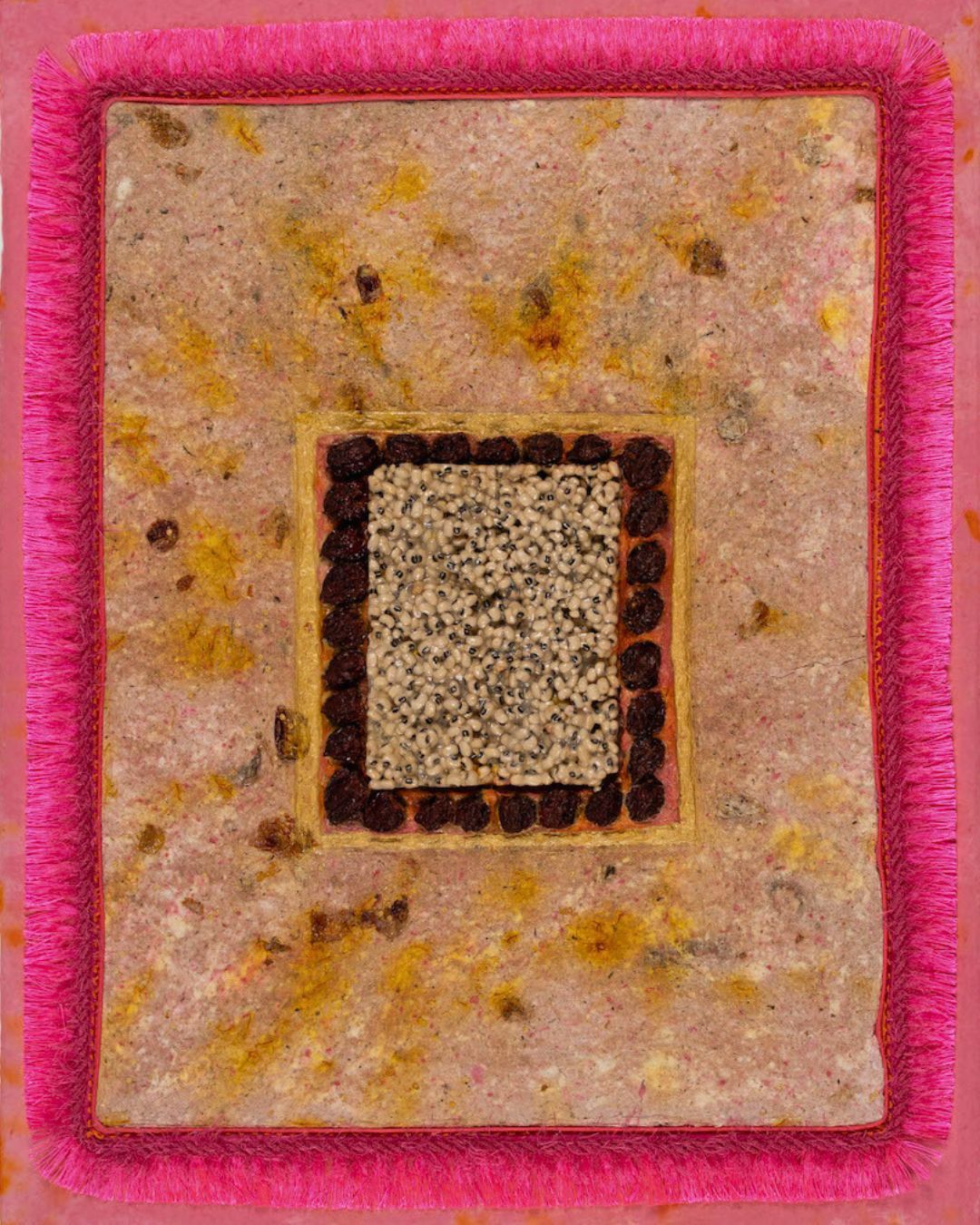
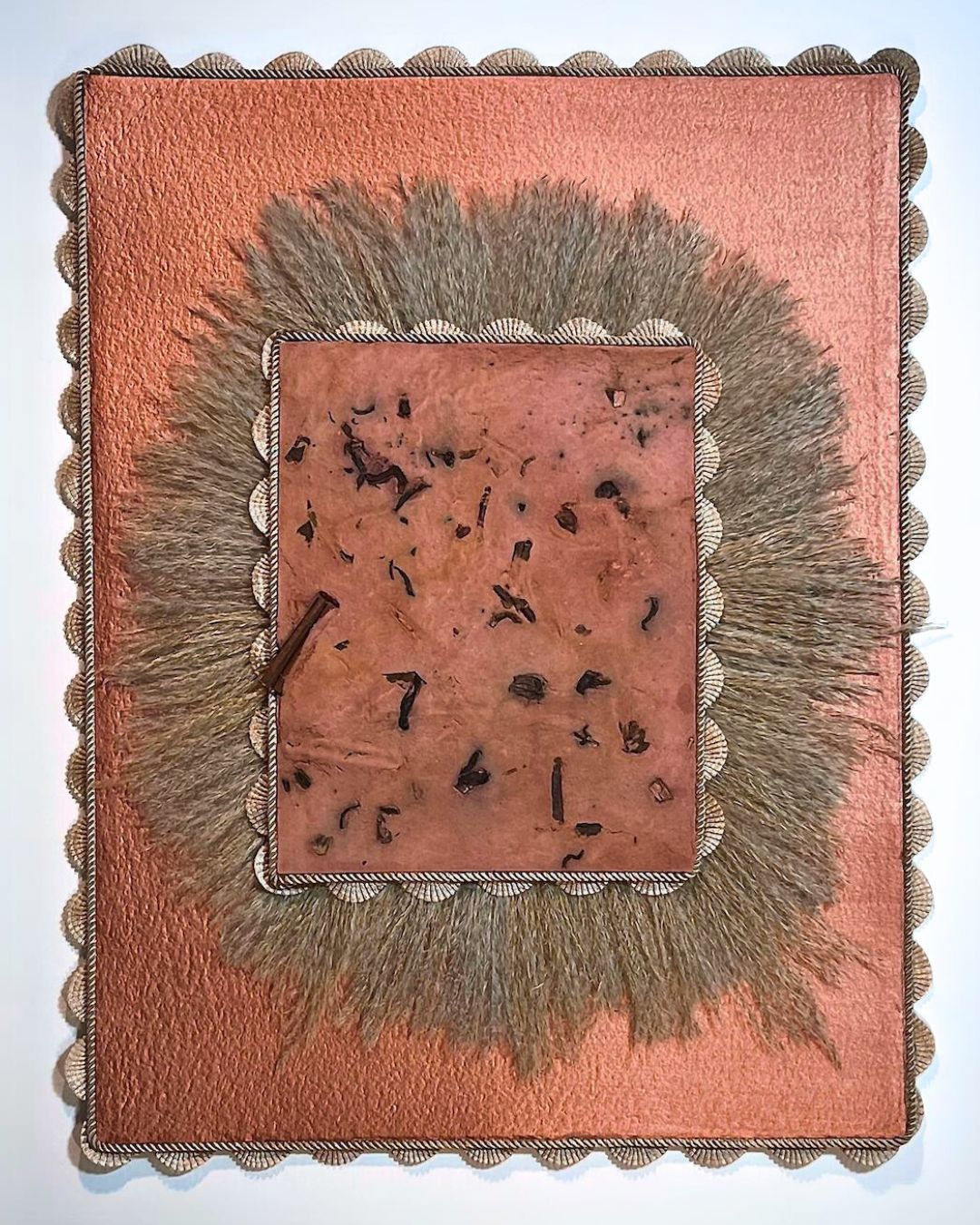
Reconnecting with history
Shervone Neckles: My multi-sensory experimentations with materials allow me to examine the process of restoring, remembering and reclaiming my family’s Grenadian history. I envision the art objects I create as contributions to expanding my family’s legacy and imagining its endless possibilities for its future.
The contributions of my ancestors are often lost and forgotten: they’re either intentionally omitted from the historical record or overshadowed by the need to survive, migrate, settle and integrate into a new society. My family did this in the 60s and 70s when they migrated from Grenada to the United States.
“Through my interdisciplinary approach to art making, I visually explore what it means to reconnect with ancestral wisdom and history.”
Shervone Neckles, Textile artist
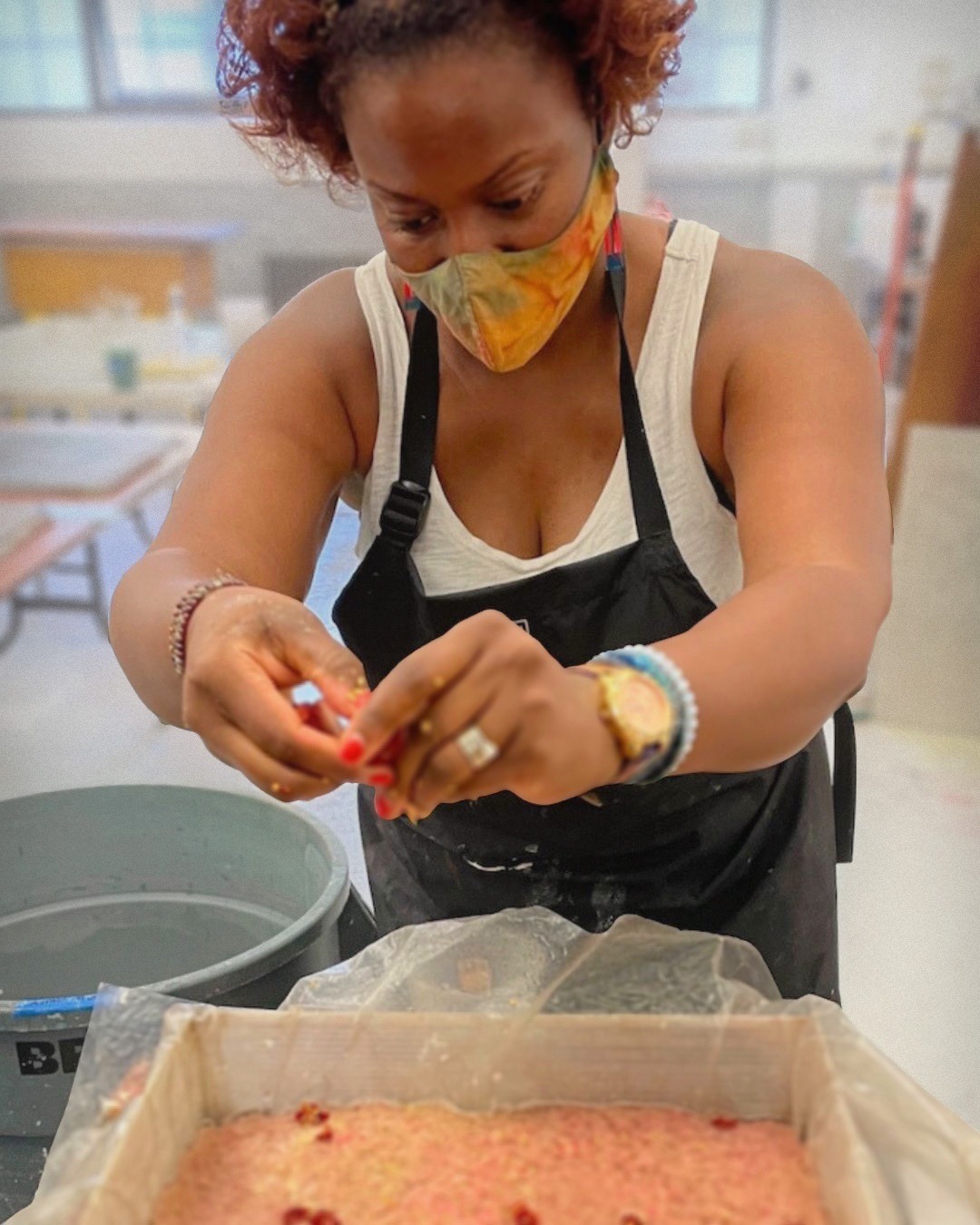
Grenadian tastes & smells
My series Sense Memory Works, which includes Pepper Pot, gives an example of my interdisciplinary process, honouring my ancestors, celebrating our traditions and making visible their labour, ingenuity and contributions.
This handmade paper and textile series incorporates ingredients from family recipes. Similar to preparing a meal, I meticulously chop, measure and combine spices such as curry, ginger, hibiscus, nutmeg, pimento, saffron and root vegetables like breadfruit, cassava, potatoes and yams. These ingredients are then mixed or puréed and incorporated into the paper pulp.
For example, in Pepper Pot, I used scotch bonnet peppers, black eye peas, puréed coconut milk, callaloo, dasheen leaves, green plantain, breadfruit, channa peas, pumpkin, red and green peppers, onions, turmeric, saffron, yams and oil down seasoning.
These recipes passed down orally through generations of my maternal line, are akin to cherished heirlooms. Since my generation is not actively preparing and eating these foods like those previously, my concern is how to preserve recipes if they’re neither written down, prepared, nor verbally shared.
“The tastes and smells of these dishes are captured in the fibres of the paper, creating a tangible archive of my family’s history and culinary traditions.”
Shervone Neckles, Textile artist
I use mixed media elements of repurposed objects, family photos and textiles, along with assemblage, embroidery and printmaking techniques to reflect childhood memories and associations with Grenada.
Each piece has its own narrative, forming textural works that recall the multisensory experience of watching my mother, aunts and grandmothers preparing meals during my girlhood.
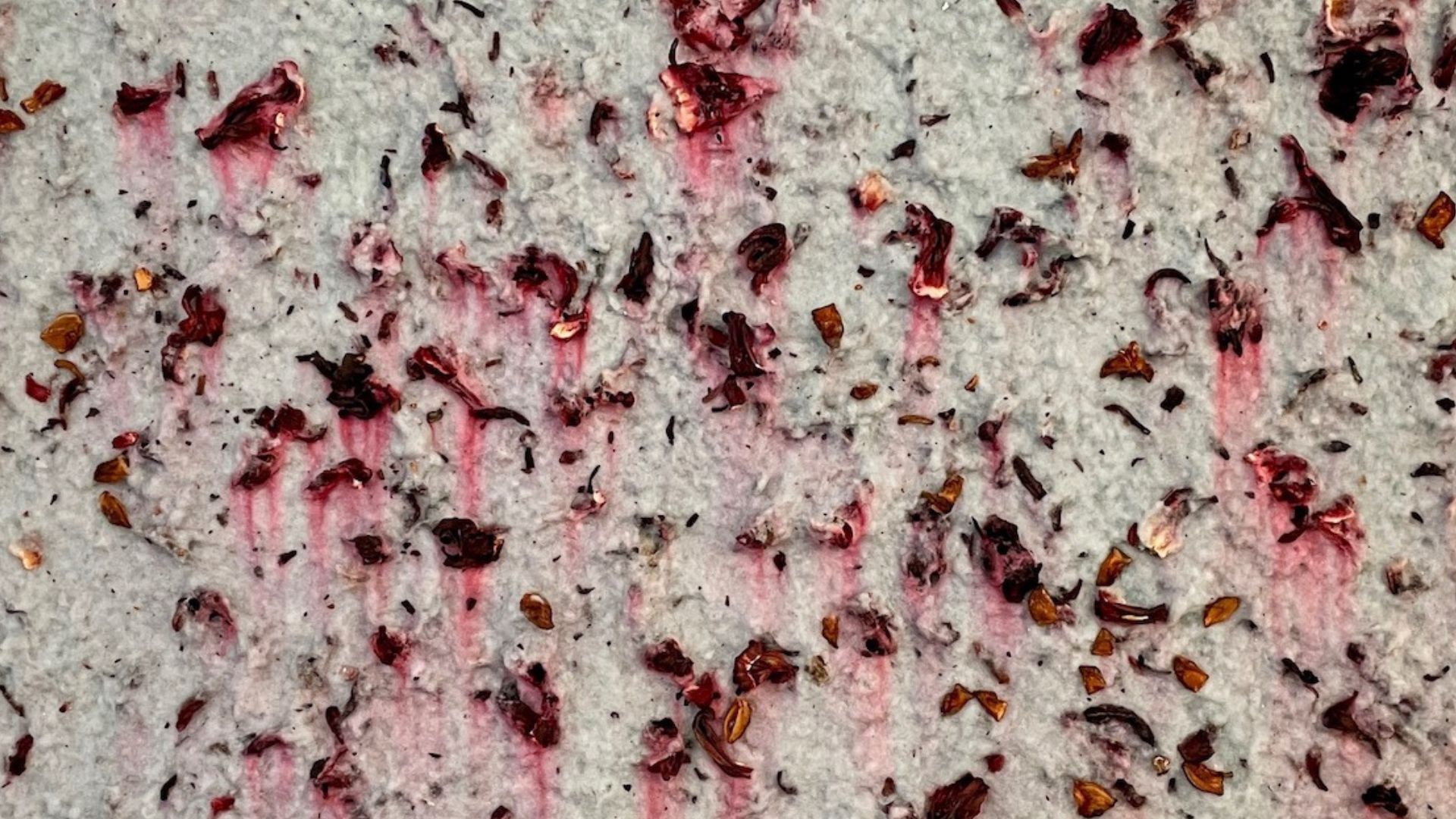
Female flare
The women in my family have profoundly shaped my life. From them, I inherited ways of knowing and being in the world that are deeply intuitive and expressive.
I come from a long lineage of self-taught, self-made entrepreneurs ranging from seamstresses, mechanics, healers, musicians, orators, culinarians and beauticians to educators. This ‘make do’ resourceful spirit found in my work is a tribute to their boldness, ingenuity and wit.
For years, I’ve watched their creative and intellectual knowledge nourish our home, run family businesses, and cultivate the communities they are part of. They each possess an innate aesthetic sense for embellishment – everything they do is done with a little extra style, shimmer, shine and flare.
I’ve always admired their foresight, resourcefulness and ability to prepare, improvise, experiment and take risks. I realise now what they modelled and passed on to me guides and informs who I am, and this is expressed through the artwork I create.
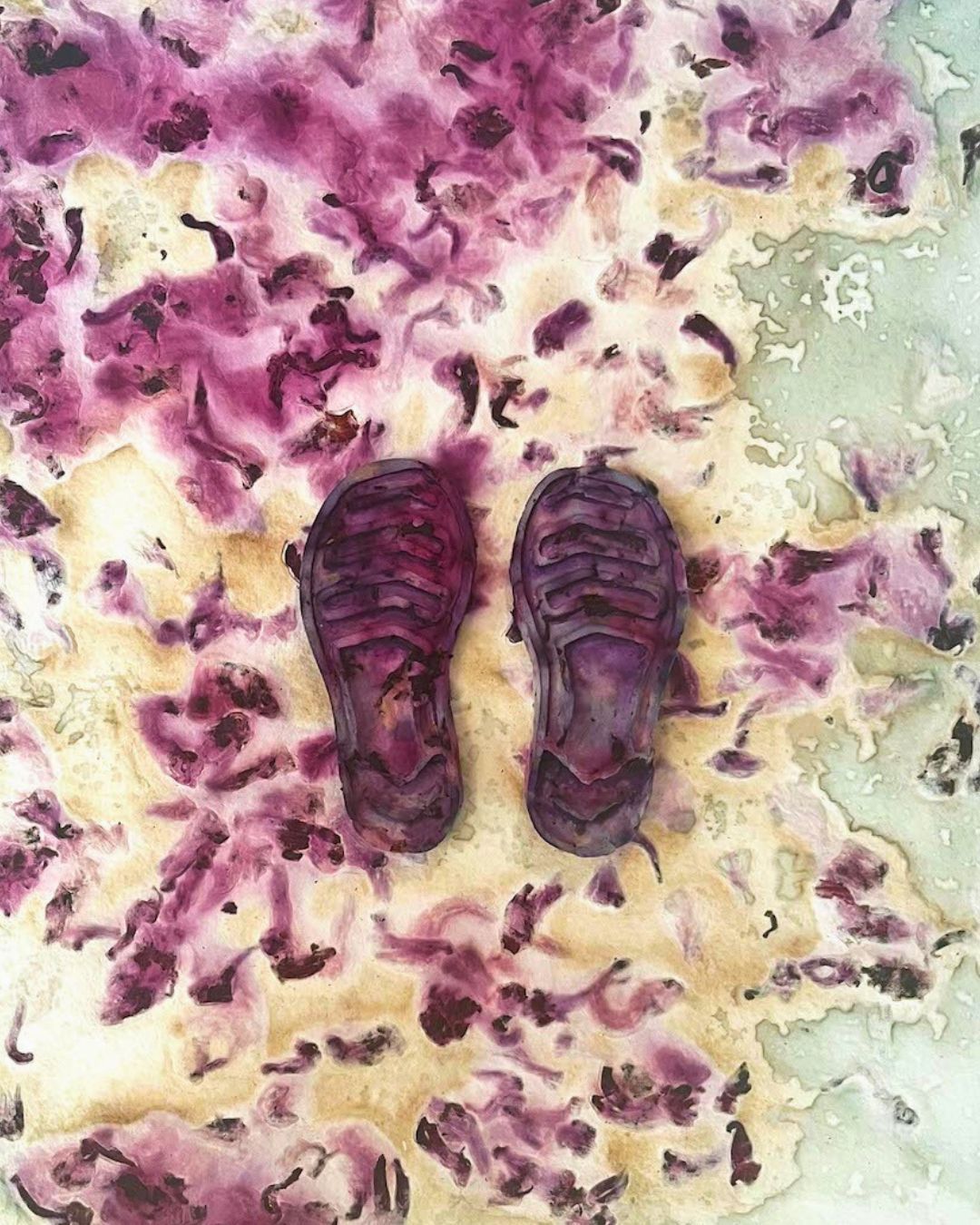
Overcoming uncertainty
I have so many interests and work in such a vast range of mediums, that I often feel like I’m walking my own path while I chart it. Charting the unknown makes me feel extremely vulnerable at times.
This uncertainty can lead me to question if the research I’m doing is worth the time and whether the work will ever be appreciated. However, my insatiable curiosity and passion for learning always overpower the voices of doubt and allow me to move forward with my research and realise my ideas, regardless of how they might be received.
There’s an urgency I feel to seek out these stories and share them through the range of mediums that I work in. This feels like part of my role and purpose as an artist, which simply can’t be denied.
To overcome this challenge, I introduce my work by starting with the inspirations, intentions and motivations behind it, followed by my thinking and making processes. This helps provide context and clarity for all those engaging with my work.
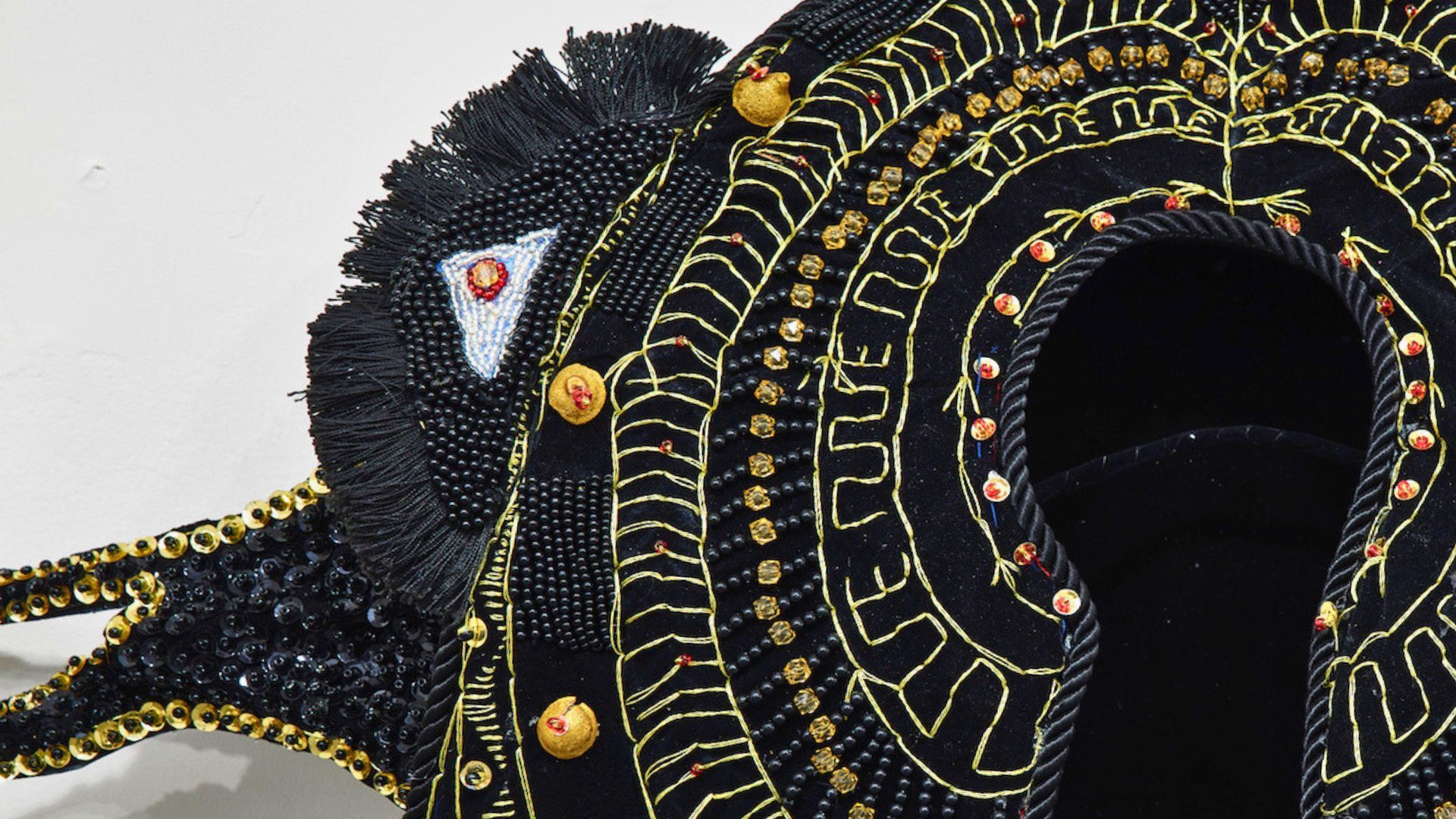
Research & intuition
An idea begins with a spark, ignited by something I’m reading, watching, learning about or something I’ve attended. This curiosity leads me to different phases of research into the subject.
The first phase involves online research, combing through visuals, and reviewing different types of scholarship such as written articles, lectures, panel discussions and podcasts.
The second phase includes visits to libraries, historical societies, special collections and research centres to collect more information.
When possible, I conduct site visits to spaces or places connected to the subject, photo-documenting, taking notes, connecting with individuals affiliated with the locations or subject, and asking questions and gathering their recommendations for additional resources.
Throughout this research process, I organise the imagery and text into a vocabulary that will inform the materials and mediums I will use. This helps me translate the narrative I want to tell and determine the type of presentation I want to make.
This stage involves experimenting with materials and techniques and creating drafts and sketches of the different components that will go into the individual works in the series or overall installation.
I may consult with trusted colleagues and other experts to get advice, especially if the project includes new or unfamiliar elements.
“Developing an idea this way takes time, sometimes even years, which is why I often have multiple projects at different stages happening simultaneously.”
Shervone Neckles, Textile artist
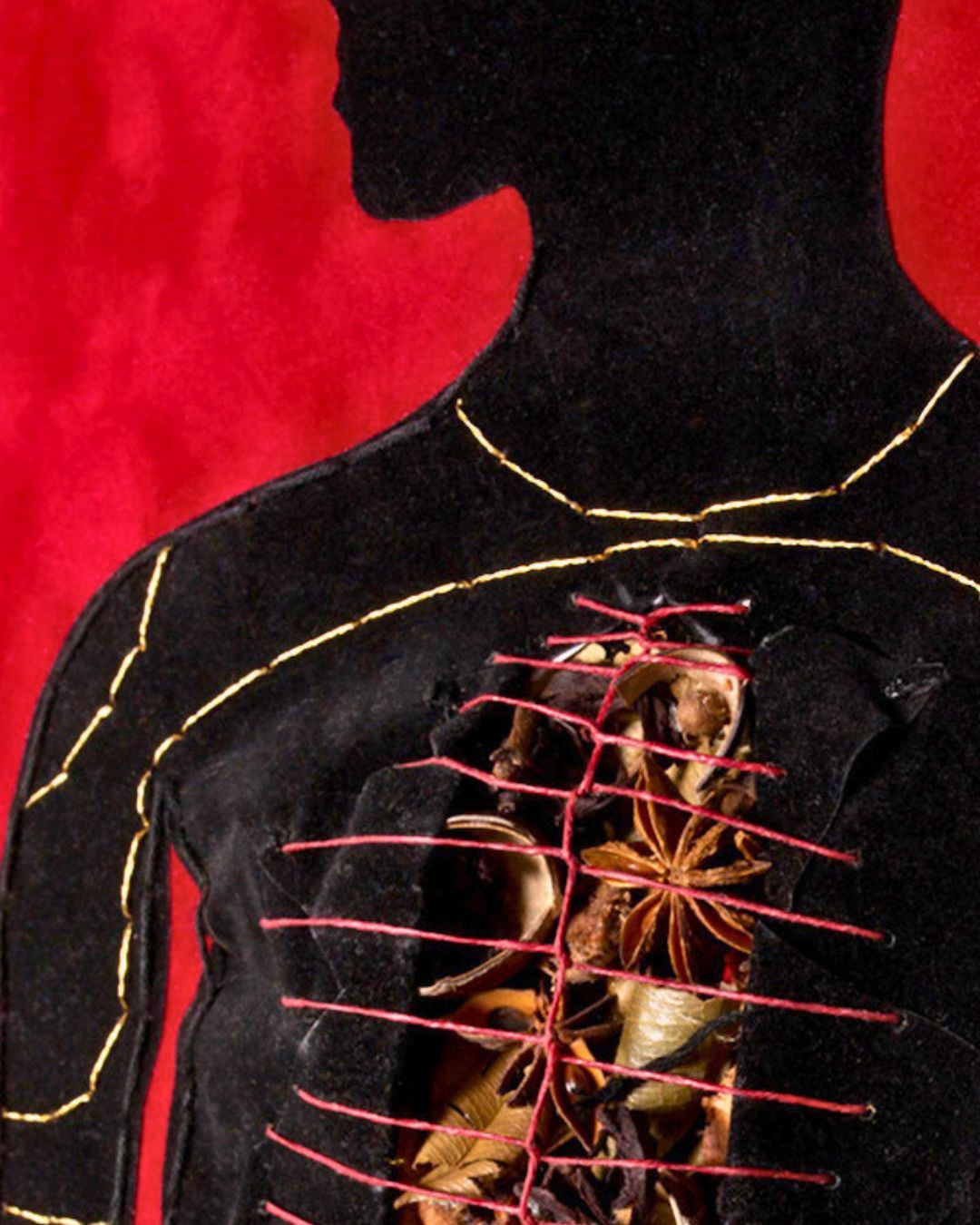
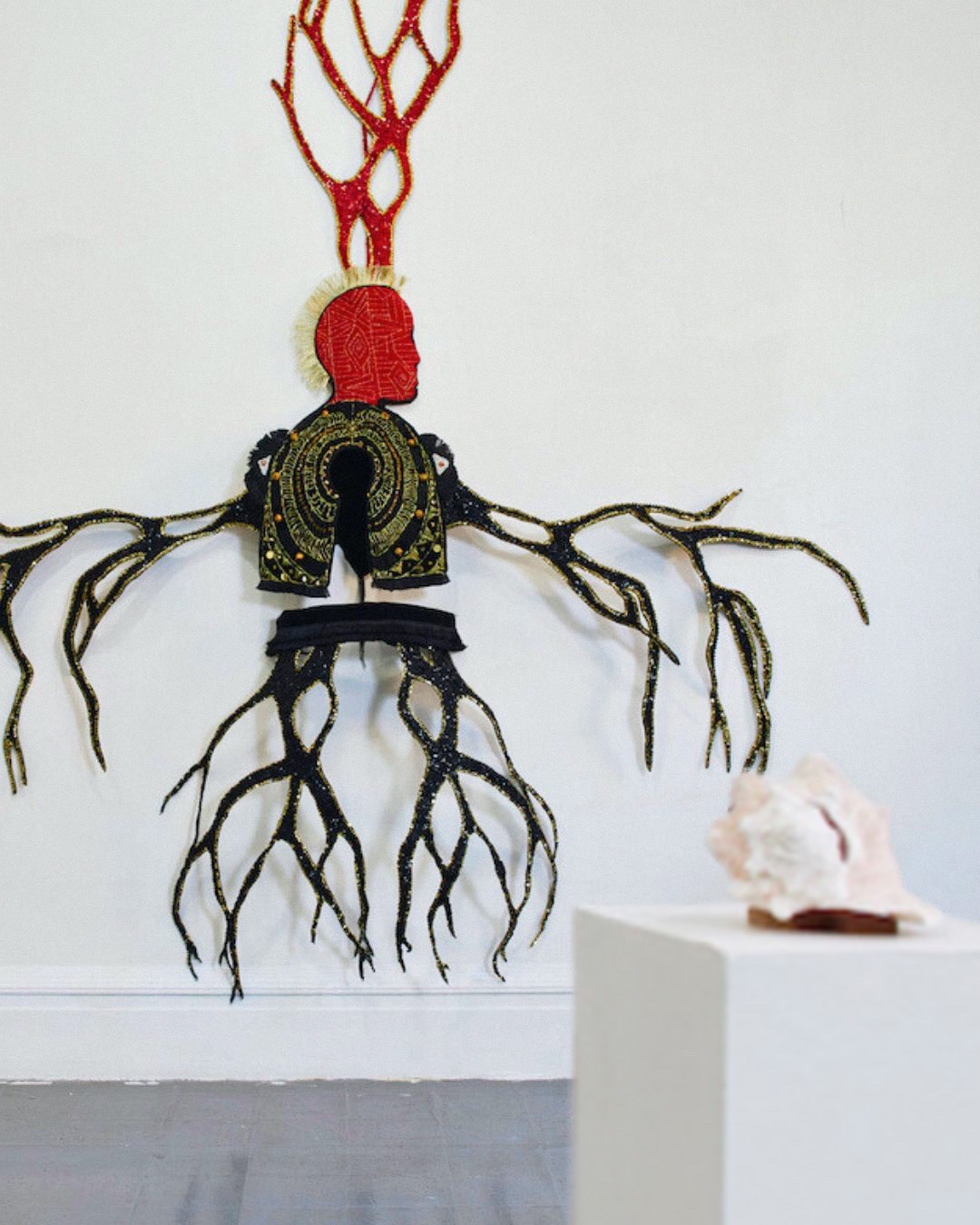
Always inquisitive
Having something always in development fulfils my need to continuously learn new things. When I’m researching one project, I often come across information relevant to another project, creating a symbiotic process.
When I reach the production stage in the studio, I surround myself with the images, notes and quotes from my research for continuous inspiration.
I work off initial hand-drawn sketches, computer generated drafts, or collages that combine the two. This helps me establish the composition. Then I let the materials and my intuition guide the rest of the process until the work is complete.
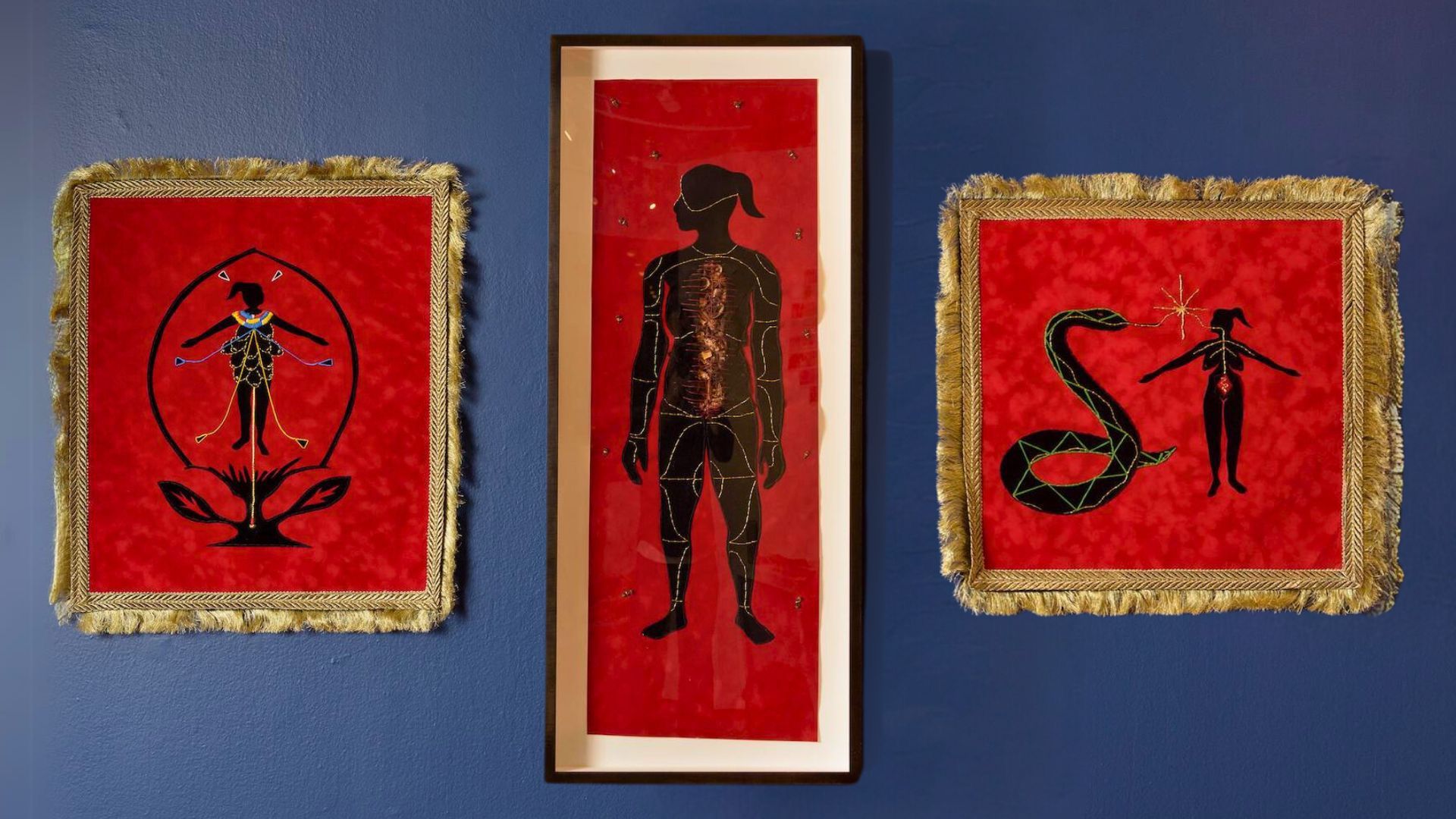
Velvet, embroidery & herbs
I like sourcing my inspirations and materials from the places that are part of daily life, such as my local Korean and West Indian vegetable, fruit and herb vendors in Jamaica, Queens, New York City.
These sources are most evident in my Terciopelo series, where I use collage, appliqué, embroidery, and beading techniques to create textile works and wearable sculptures that pay homage to the Grenadian masquerade ritual of Jab Jab.
Terciopelo is the Spanish word for velvet, it also refers to the venomous snake found in Caribbean sugar cane plantations.
The series draws its symbols and imagery from the J’ouvert (daybreak or early morning) carnival procession known as Jab Jab.
Masqueraders display their racial pride by covering their skin in the rich blacks of molasses, burnt cane and black grease. They carry chains, ropes and serpents to honour the survival of enslaved and oppressed ancestors. The ritual takes place at daybreak, a time when the living and ancestors exchange energy.
This public ritual conjures the energy needed to bring order and balance to society. This imagery is combined with plush, luxurious upholstery velvet materials and metallic embroidery threads to, as author Zora Neale Hurston once said, ‘decorate a decoration’.
Recalling the velvet tapestries and prints that once hung in my family’s homes, I used embellished sensorial materials to evoke childhood and ancestral memories.
“The colour palette of black, gold, red and blue symbolises Black pride, spirituality, royalty, power and freedom.”
Shervone Neckles, Textile artist
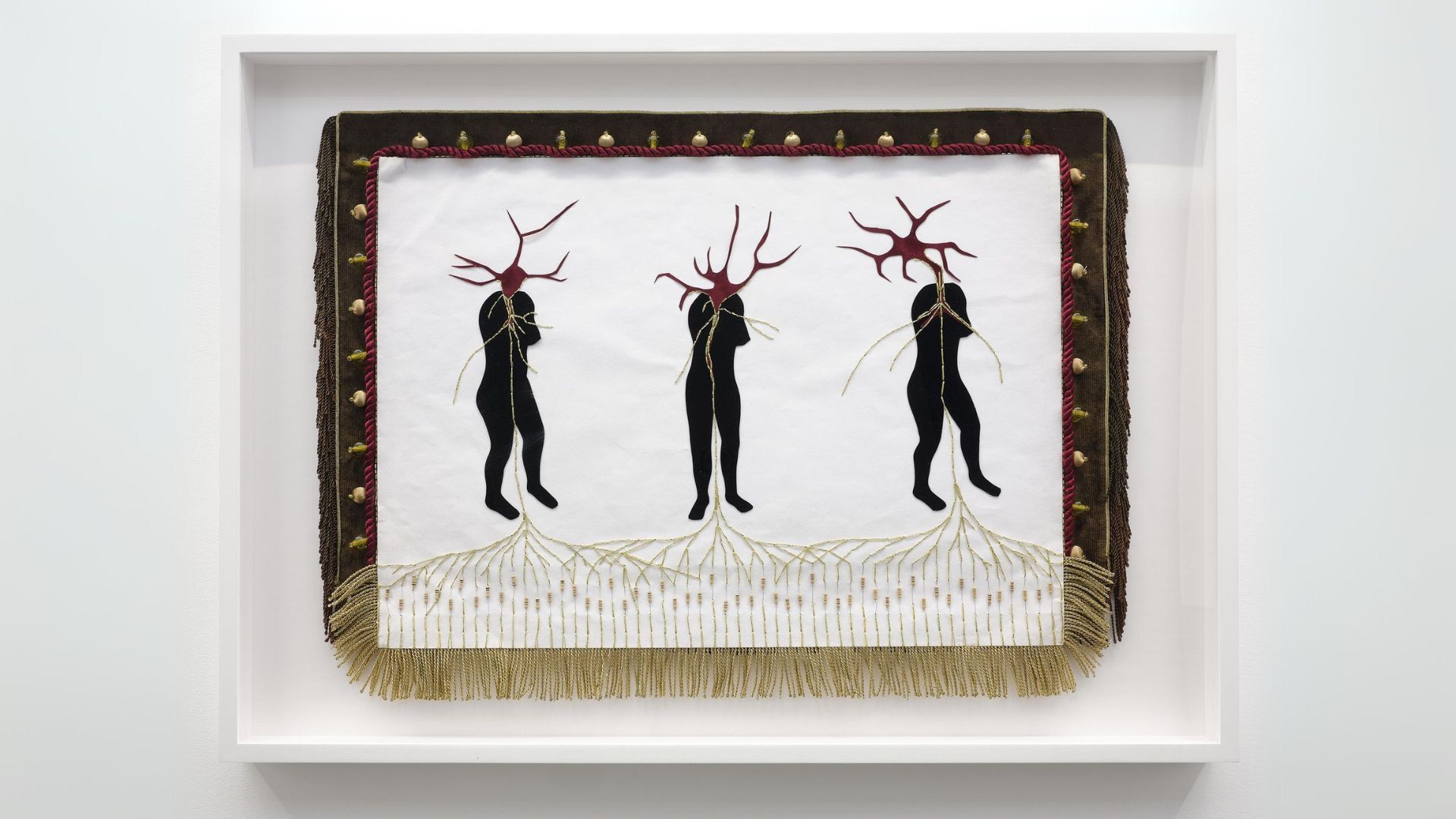
Sacred & scientific
My motivation for connecting the sacred and scientific can be seen in the You Are Your Best Thing textile work from my Provenance series.
Inspired by Caribbean mythology, You Are Your Best Thing uses mixed media techniques of appliqué, embroidery and beading to tell the story of three female figures whose heads blossom into neurons.
Beaded veins run through their bodies, connecting their consciousness to one another and to the earth, mimicking the complex root networks trees use to communicate and transfer nutrients and information for survival.
The neurons emerging from above and the roots from below the figures illustrate the ineffability of Black womanhood and the methods of resistance necessary for survival.
The electronic resistors symbolise the lineage of ancestral wisdom carried and passed on through root networks or generations of ancestors.
This work also draws from the Central American plant known as the Give and Take Palm (Chrysophila Argentea), which produces both a toxin and its own antidote.
“By reflecting the interconnectedness of life, wisdom and resilience, I am able to bridge the sacred and scientific.”
Shervone Neckles, Textile artist
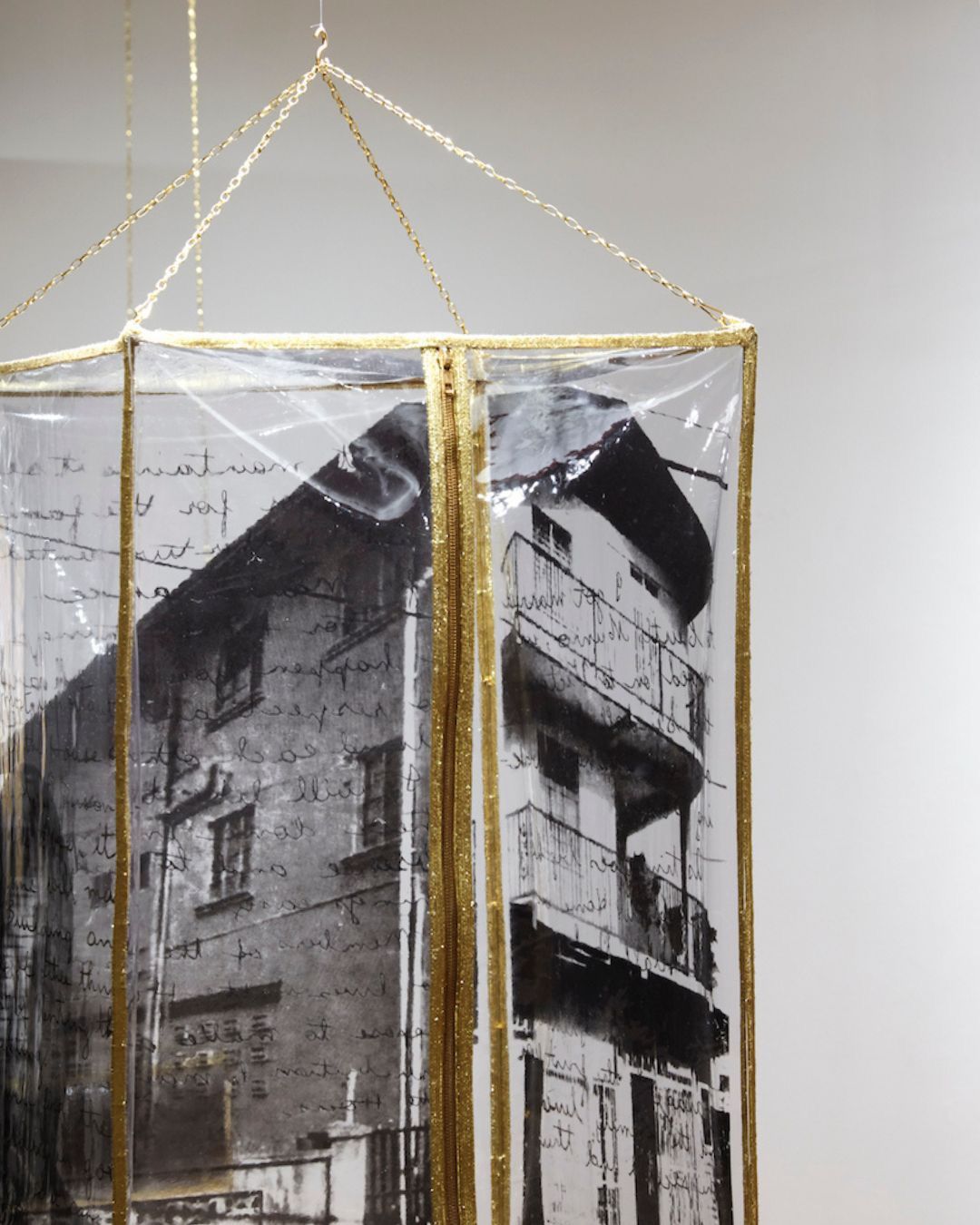
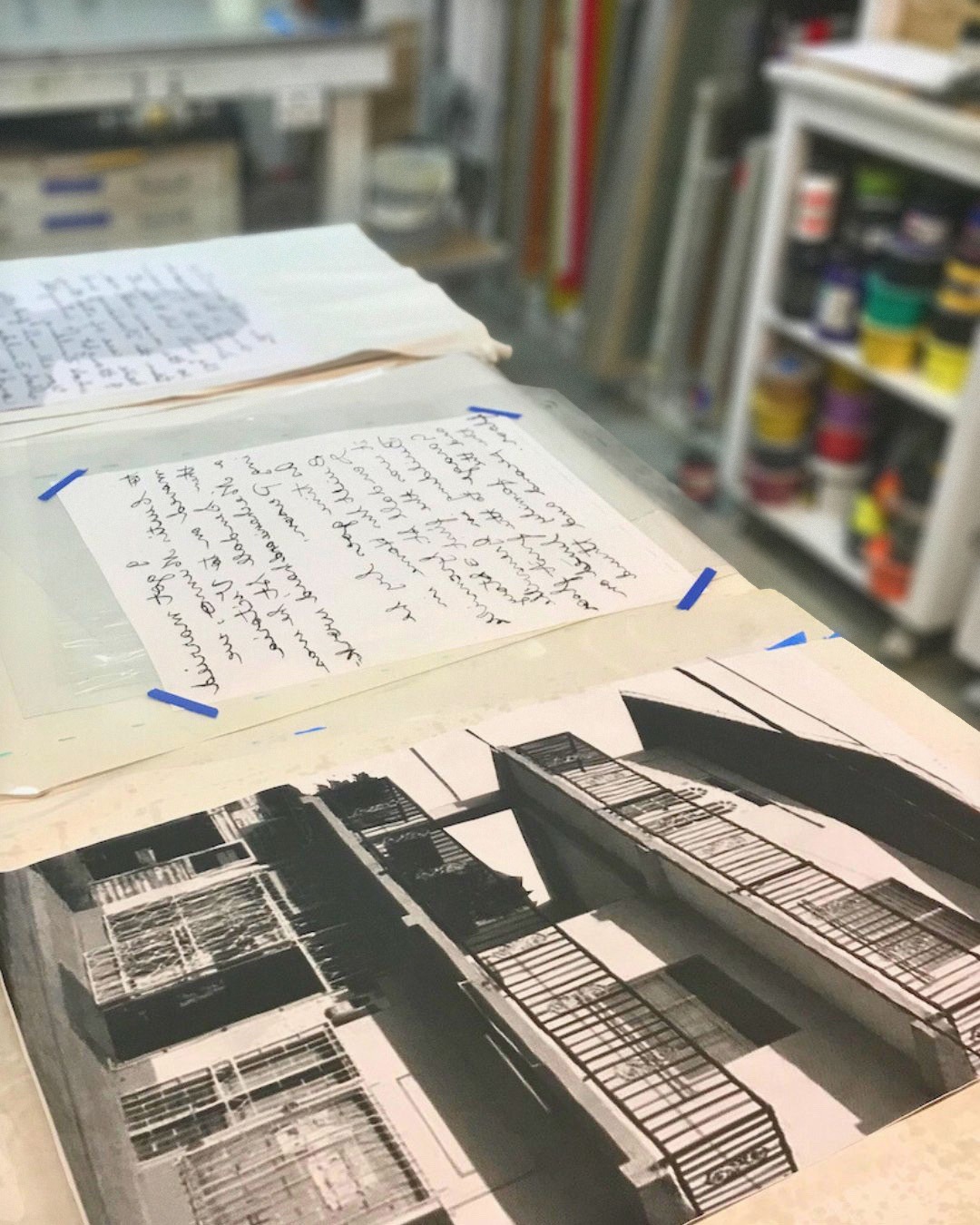
Layers of meaning
My piece Domiciliation: Bless This House Repository #1 is an example of how I repurpose images, material, space and text in an artwork. It’s a mixed media sculpture that incorporates photo documentation and records from my family archive.
Repository #1 is part of the larger Domiciliation: Bless This House installation focused on reconstructing and safeguarding my family’s history using clear polyvinyl chloride (PVC).
“The concept of repurposing is essential to my work and practice.”
Shervone Neckles, Textile artist
I screen printed family records such as my grandmother’s journal entries, the land survey of my ancestral home in Grenada and photo documentation from my grandfather’s passport photo and imagery of my mother’s childhood home onto PVC material, a material originally designed for furniture and garment protection.
By encasing these memories and records with the same plastic materials our family used to cover and protect their furniture and cherished items, I draw a parallel to my grandmother’s upholstery work as a seamstress. Through these layers of repurposing, I function as a custodian of this history.
The elements are housed together in a gold-adorned vessel, compressing and capturing memory and history. The transparency of the PVC material allows the imagery and text to appear and recede from view, depending on the viewer’s proximity to the work.
By altering the intention or purpose of an image, text, object, material or space I can introduce layers of meaning that welcome various interpretations, and form a connection and dialogue with the viewer.
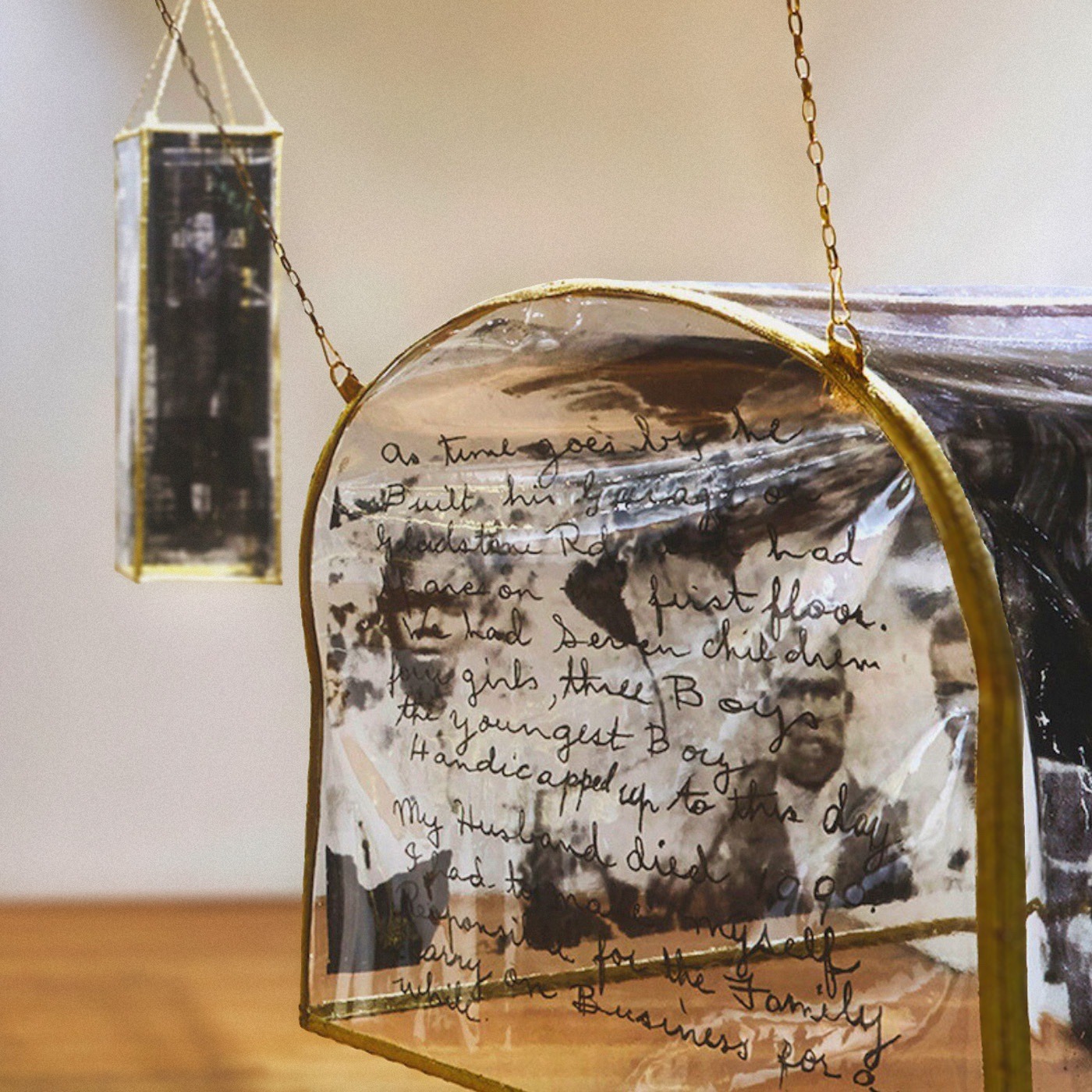
Life and learning
In addition to my formal training in both undergraduate and graduate studio art and art history, with a focus on sculpture and art education, I’ve always fuelled my artistic practice and curiosity by intentionally pursuing opportunities like apprenticeships and workspace residencies. These experiences have exposed me to new mediums, materials and artmaking techniques.
At the Fabric Workshop and Museum in Philadelphia, Pennsylvania I learned large scale silkscreen printmaking. At the Center for Book Arts, New York I honed my skills in bookmaking.
I explored the vastness of the printmaking medium through the Robert Blackburn Printmaking Workshop and the Manhattan Graphics Center workspace programmes in New York City. And I’ve experimented with handmade papermaking from Dieu Donné Paper Mill, Brooklyn.
Many lessons about life and the art industry have guided my artistic journey, lessons my formal art training didn’t prepare me for.
I learned lessons like charting a career path that aligns with who I am and maintaining the integrity of my voice, managing an active studio practice alongside family and employment commitments, building an inner circle of support, handling fluctuating relationships with money, and navigating the gallery, museum and art industry.
Enduring friendships, lasting relationships with trusted colleagues and mentors, and closely following the careers of respected art professionals have provided me with invaluable guidance over the years.
These artist peers have encouraged me to define my role, assert my voice and get clear on my purpose as an artist. Their unwavering conviction and sense of purpose have propelled them beyond their own fears and apprehensions, and their example has been instrumental in shaping my artistic journey.
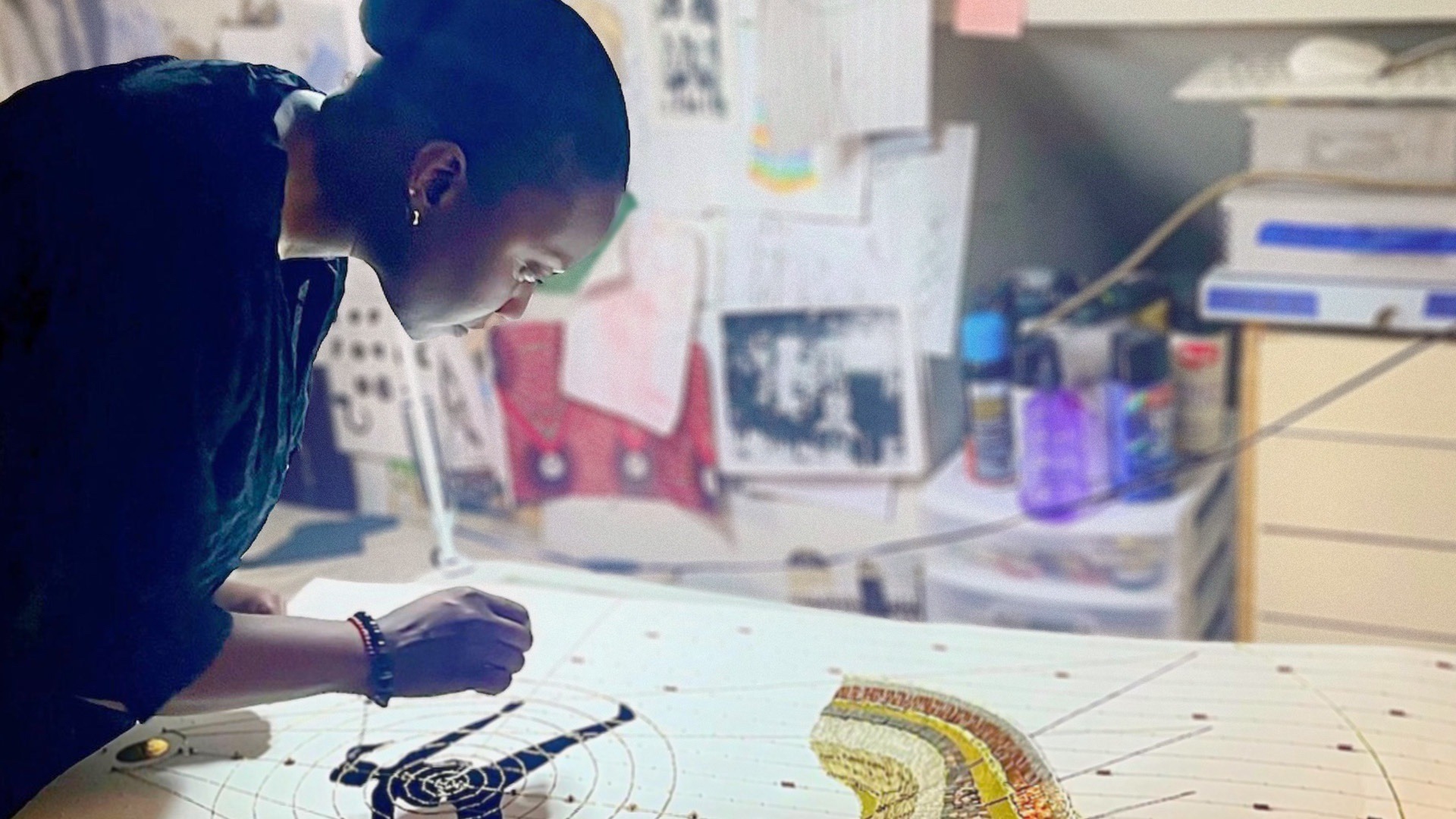
Efficient workspaces
I currently operate my studio practice out of my home in Queens, New York. I can manage the daily demands and time constraints of being a parent with remote employment and a rigorous, full-time artistic practice.
I’ve become extremely efficient at optimising my time: early mornings, nights, weekends and vacations, and have come to really appreciate my current studio setup, which was initially born out of necessity.
My home studio is designated for all the dry processes such as 2D works on paper, textiles, embroidery and assemblages, while the wet and large-scale works are done off-site at workspace studios or in collaboration with fabricators.
The delineation between my office and administrative work from my studio space allows me to conduct research and prepare materials months in advance.
My time spent in the studio is dedicated to deep experimentation, materials investigations and collaborations that fulfil my curiosity and execute my artistic vision.
“My art is my raison d’etre and helps me to truly fulfil my function here.
It’s my way of paying respects to my ancestors.”
Shervone Neckles, Textile artist

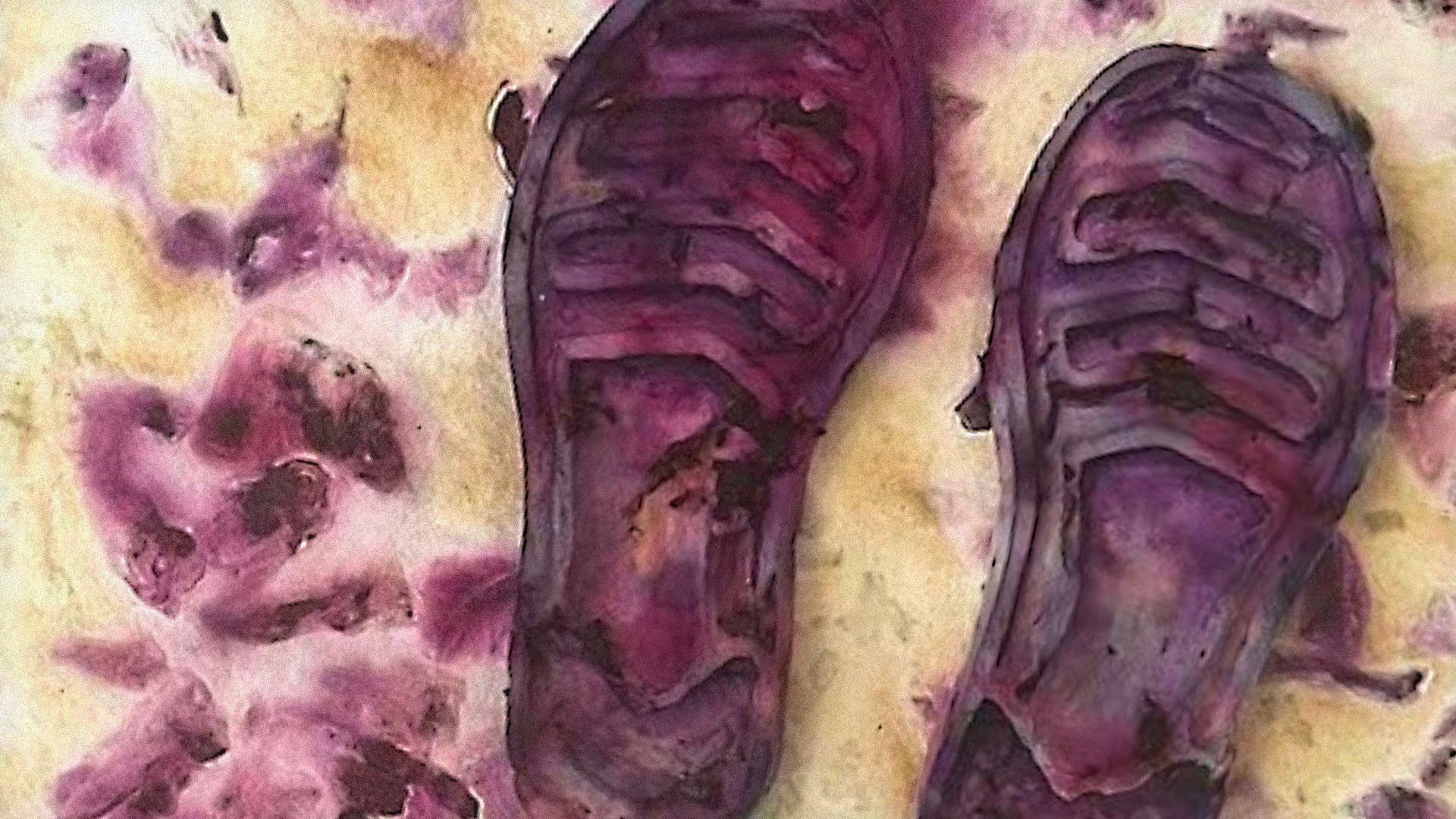


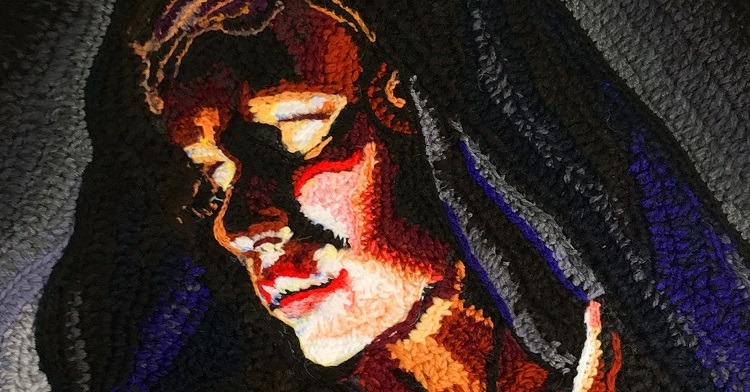
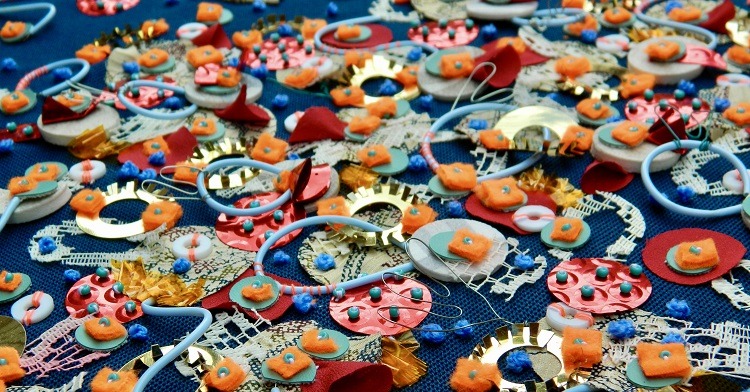
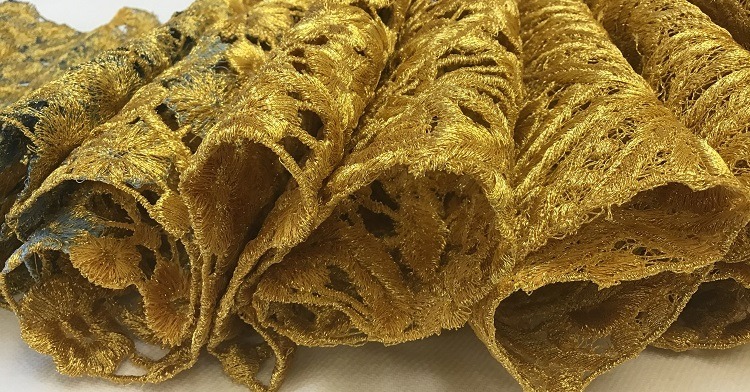
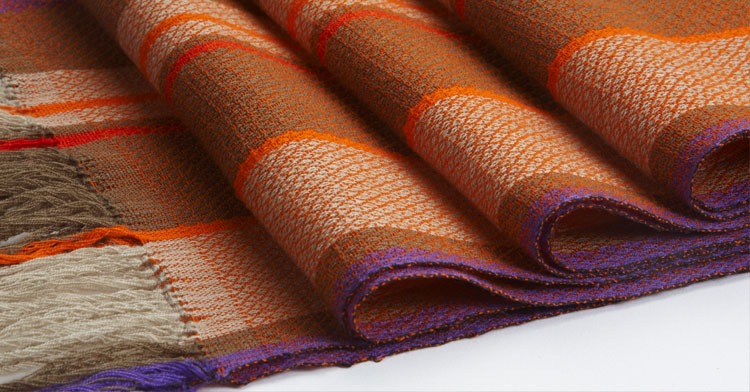
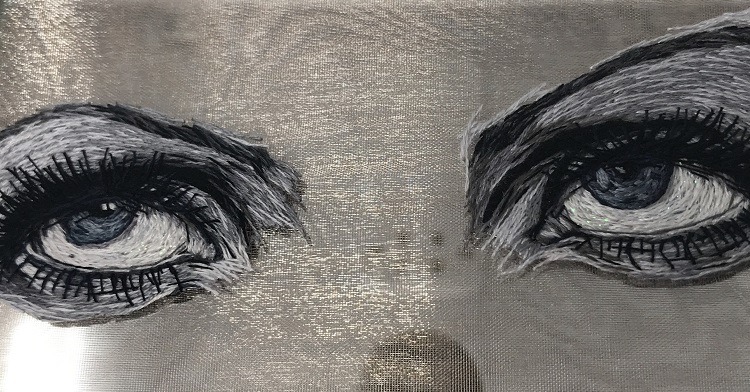
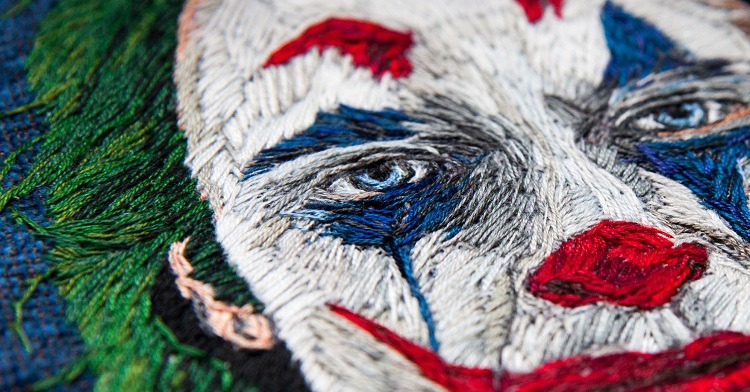
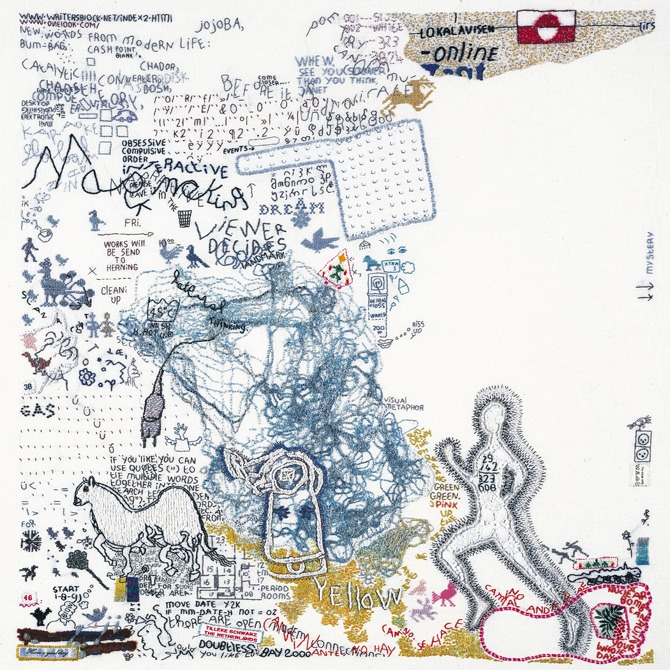
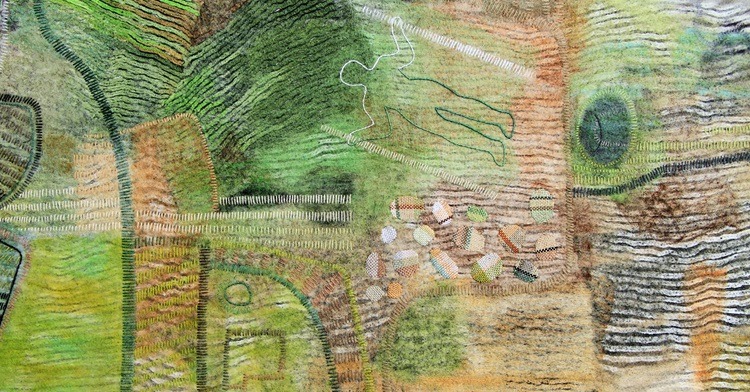
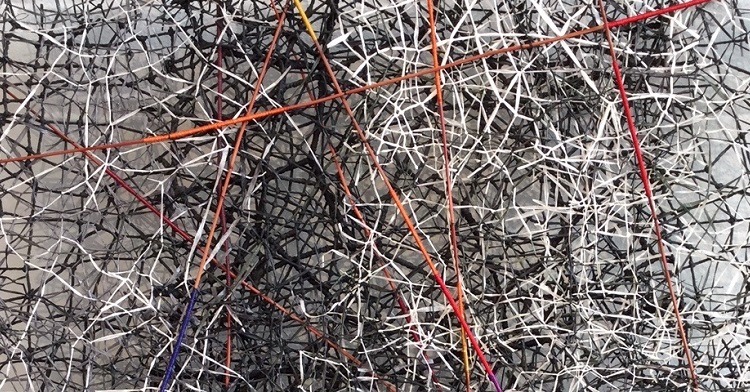
2 comments
Leslie Dickinson
This is one of the most fascinating articles, it is thoughtful and very insightful to the history of such a small demographic are, in a long chain of islands. I love what she is doing to preserve a rich and beautiful history, her mother must feel so proud.
Kathy
Oh boy, again I’m lost for adequate words to describe what I’ve just seen. Fascinating and inspirational thank you so much for sharing the artists work. I love the resourcefulness and ingenuity. Thank you so much.